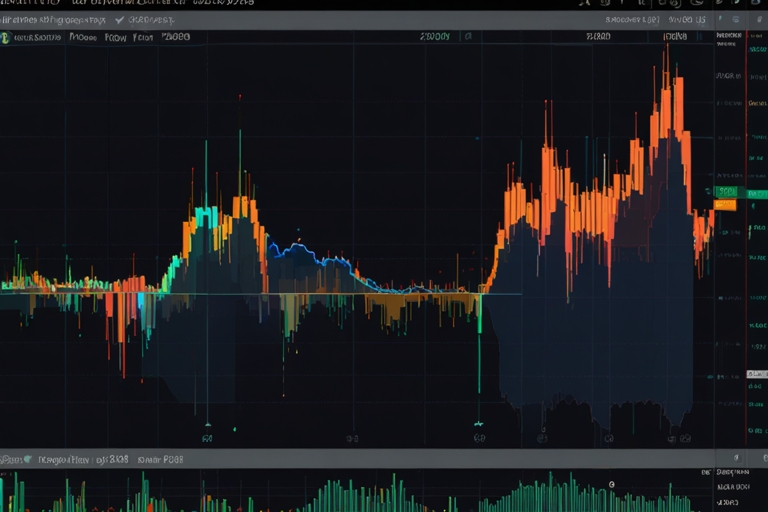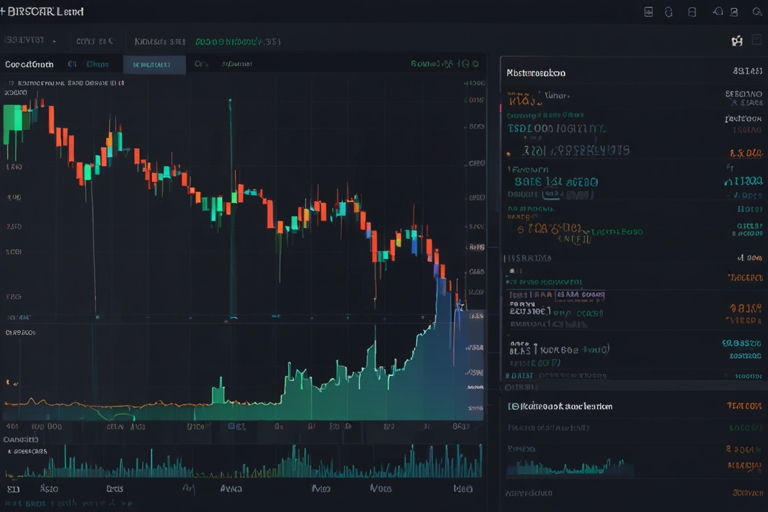
TL;DR
- U.S. recession odds for 2025 have dropped to 22% on Polymarket, down from 66% in April, as trade tensions de-escalate.
- Initial fears were fueled by Trump’s tariff announcements, GDP contraction warnings, and Fed balance sheet tightening.
- Improved trade sentiment, particularly with China, and easing financial conditions have reversed the trend.
- Analysts are split, but betting markets show reduced investor anxiety about a 2025 downturn.
Recession Fears Recede on Prediction Markets
Recession anxiety that peaked in early Q2 has eased significantly, as reflected in the latest data from decentralized prediction platform Polymarket. As of July 5, the platform showed a 22% chance of a U.S. recession by the end of 2025 — the lowest since February.
This marks a sharp reversal from April, when odds soared to 66% amid aggressive tariff escalations and tightening credit markets. Driving the optimism now is a cooling of tensions between Washington and Beijing, coupled with signs of resilient domestic demand.
“Markets are recalibrating after overpricing geopolitical risk,” said an analyst at ING.
Recession Risk Indicators (Updated July 5, 2025)
| Indicator | Value / Status | Source |
| Polymarket Odds | 22% chance of 2025 recession | Polymarket |
| Goldman Sachs Recession Odds | 30% (12-month forecast) | Goldman Sachs |
| GDPNow (Atlanta Fed) | Q1 contraction: -0.5% | Atlanta Fed |
| U.S.-China Trade Talks | Resumed June 2025; progress reported | WSJ |
| Fed Balance Sheet | Reduced $2.1T since Jan 2024 | Federal Reserve |
From Panic to Progress: The Narrative Reversal
At the height of recession speculation, fears were amplified by a combination of negative signals:
- Atlanta Fed’s GDPNow projected a 1.5% contraction in Q1
- Former Treasury Secretary Janet Yellen warned tariffs could cause “tremendous damage”
- President Trump’s “Liberation Day” tariff regime ignited concerns of a trade war relapse
These headwinds pushed Wall Street giants into red alert. In April, Goldman Sachs pegged recession risk at 45%, and JPMorgan cited “rising stagflation risk” in internal memos.
But by late May, markets began to shift. The so-called “TACO trade” (Trump Always Chickens Out) resurfaced — a reference to Trump’s historical pattern of announcing aggressive policies and then walking them back. By June, that view was validated as Washington signaled de-escalation with China, opening the door for revised investor sentiment.
Betting Markets Show Reduced Panic
Prediction markets have become a real-time barometer for economic sentiment, especially as traditional indicators lag.
Polymarket, which runs on blockchain-based smart contracts, provides open-access forecasting markets that track everything from election outcomes to macroeconomic trends. Traders on the platform are now assigning just a 22% probability to a U.S. recession — a figure that dropped steadily from 66% in April.
“Recession bets are inversely correlated with trade optimism,” said a strategist at QCP Capital. “Markets are forward-looking, and recent easing in policy pressure has shifted the curve.”
Importantly, the Polymarket definition of “recession” aligns with two conventional benchmarks:
- The National Bureau of Economic Research (NBER) officially declares a recession.
- Or the U.S. records two consecutive quarters of negative GDP growth.
So far in 2025, only Q1 posted negative growth (-0.5%), while Q2 is tracking mildly positive, according to preliminary bank models.
Federal Reserve and Fiscal Policy Influence
The Federal Reserve’s monetary policy stance remains a key uncertainty. Although inflation has cooled to 2.6% YoY, according to the latest CPI report, the Fed’s ongoing balance sheet reduction — now at $2.1 trillion shrinkage since 2024 — continues to tighten liquidity.
However, Chair Jerome Powell has hinted at a possible “pause-and-assess” strategy for the remainder of the year. If financial conditions ease further, the economic soft landing narrative may solidify.
“We’ve made significant progress in reducing inflation without causing mass unemployment,” Powell told reporters in late June during a FOMC press briefing. “We’re watching GDP growth carefully.”
Trade Diplomacy and Market Confidence
The U.S.-China trade dialogue, restarted quietly in mid-June, has provided one of the biggest boosts to market morale. After months of icy rhetoric and retaliatory tariffs, negotiators signaled progress on:
- Reducing tech-export restrictions
- Resuming agricultural trade
- Clarifying digital yuan interoperability rules
Investors who previously feared an economic slump tied to isolationist policies now see room for continued global integration, albeit cautiously.
Wall Street is pricing in greater earnings resilience from multinational companies with China exposure, a reversal from early 2025 when firms were bracing for double-digit export hits.
Market Watch: What to Track Next
Despite the drop in Polymarket odds, analysts caution that recession risk hasn’t vanished, only diminished. Key macro signals to monitor include:
- Q2 GDP print, due late July
- Corporate earnings across consumer discretionary and industrials
- Treasury yield curve steepening, particularly between 2Y and 10Y
- Credit spreads in high-yield bonds
- Employment data and retail spending trends
Markets remain hypersensitive to policy headlines and macro surprises. Should trade talks stall or energy prices spike again, sentiment could reverse.





